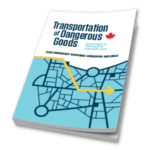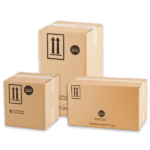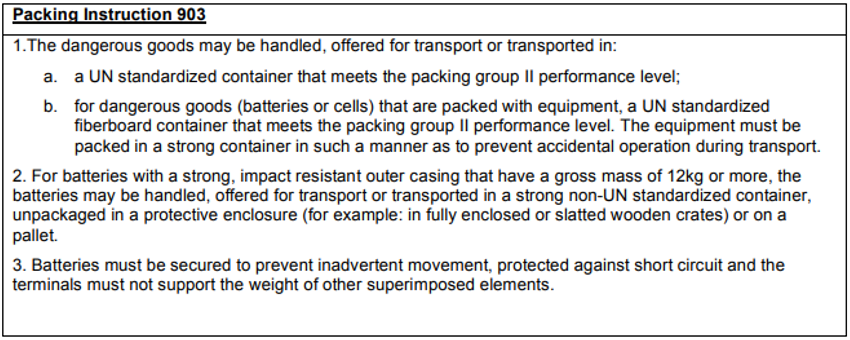
When it comes to choosing the right packaging for your dangerous goods, choosing the right regulation is a must. As you may know, if you are shipping internationally, you have to check with IATA or the IMDG Code. If you are shipping domestically within the U.S or by ground, the 49CFR is the way to go. But what if you are shipping domestically within Canada or by ground? This is where The TP14850 comes into play, well, for now at least (more on that later 😊). The Transport Canada Publication TP14850, also known as The Small Containers for Transport of Dangerous Goods for Classes 3, 4, 5, 6.1, 8, and 9, is a Transport Canada Standard that is currently in use and is adopted as a requirement of the TDG Regulations when choosing the correct UN Packaging when shipping in a capacity of 450L or less.
How Do You Use the TP14850?
Much like the other dangerous goods regulations, the TP14850 has a table that has the following information referenced in various columns for specific dangerous goods, which are located in APPENDIX A.
- Column 1 – The UN number of the dangerous goods
- Column 2 – Shipping Name and Description – This column gives the shipping names and description of dangerous goods
- Column 3 – Class – This column gives the primary classification as determined in accordance with the TDG Regulations
- Column 4 – Sub-Class – This column gives the subsidiary classification as determined in accordance with the TDG Regulations
- Column 5 – Packing Group – This column gives the packing group classification as determined in accordance with the TDG Regulations
- Column 6 – Packing Instructions – This column prescribes the packing instructions that apply to the dangerous goods.
It is important to note that dangerous goods must be classified in accordance with TDG. So, for example, let’s say you are shipping UN 3480, which is Lithium-Ion Batteries. The first thing you would need to do is locate UN3480 in the table at Appendix A. At that point, you would go to column 6, and it will give you a packing instruction number; in this case, it is 903.
Once you know your packing instruction number, you go to part B, which lists all of the packing instructions, and find 903. Once you get to PI 903, it will tell you all of the specific packaging that is allowed to be used. For example:
If your specific dangerous good is not listed on the table, you may see a general category listed for your specific hazard class and packing group that says “ANY” listed in column 1. Keep in mind; it is still important to check TDG for any other special provisions, limits, or any other pertinent information.
What is Next?
Well, this is where things get kind of complicated. The current TP4850 that is in force is from 2010. A few years back, a new 2018 version of the TP14850 was supposed to come into force but never did. Instead, The CAN/CGSB-43.150 Standard will replace the TP14850-2010 and has been published. However, as of now, we are still awaiting a regulatory amendment in order for the TDG Regulations to reference this Standard before it can come into force. The 2018 version of standard TP14850 will not come into force as the CAN/CGSB -43.150 standard will take its place and contains similar text. We will keep everyone posted when any changes on this take place. In the meantime, feel free to contact us at ICC Compliance Center at 877-756-3718 (U.S.) or 888-977-4834 (Canada) for your UN Packaging needs.
Stay up to date and sign up for our newsletter!
We have all the products, services and training you need to ensure your staff is properly trained and informed.
 Canadian TDG Publications |
 UN Packaging |







